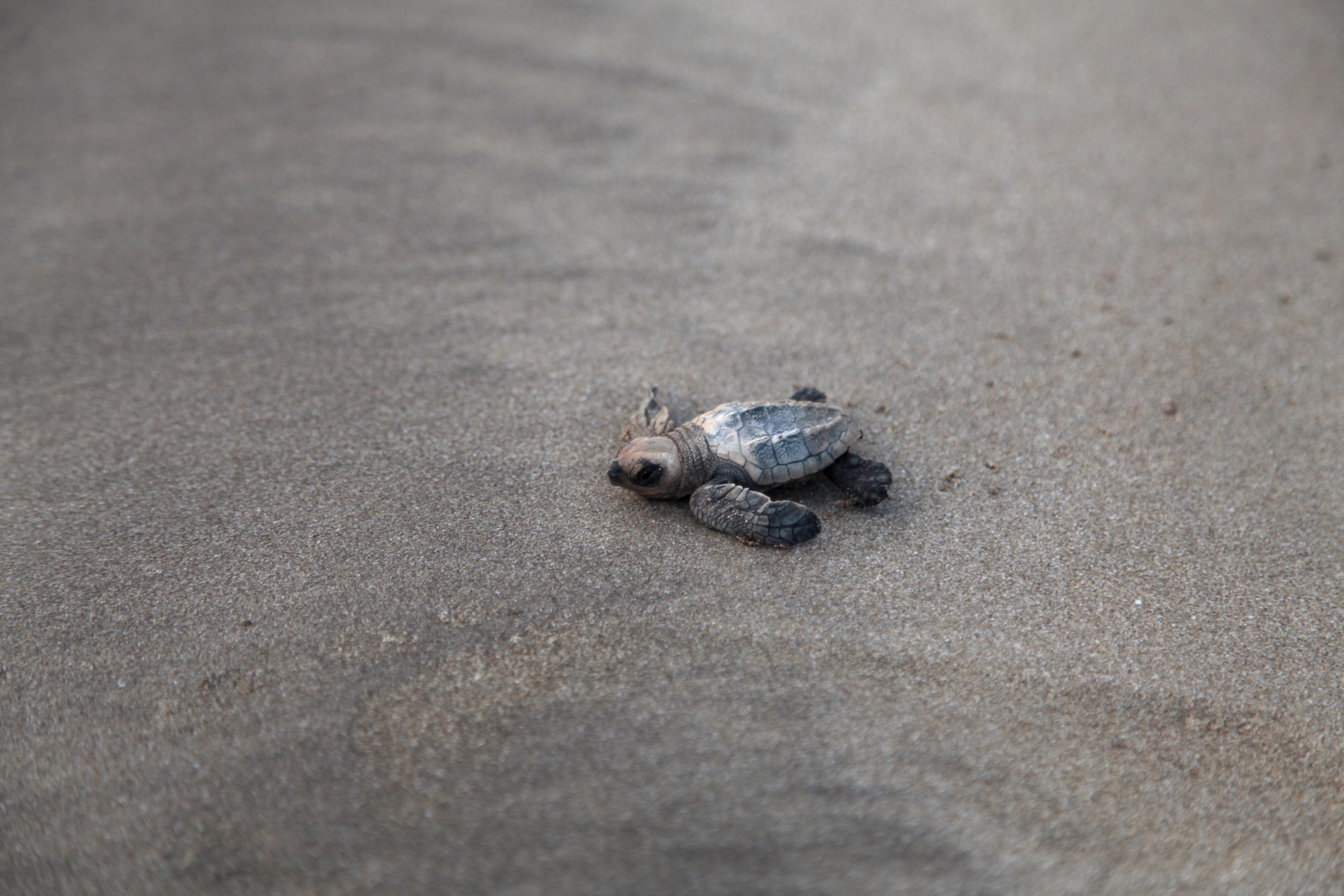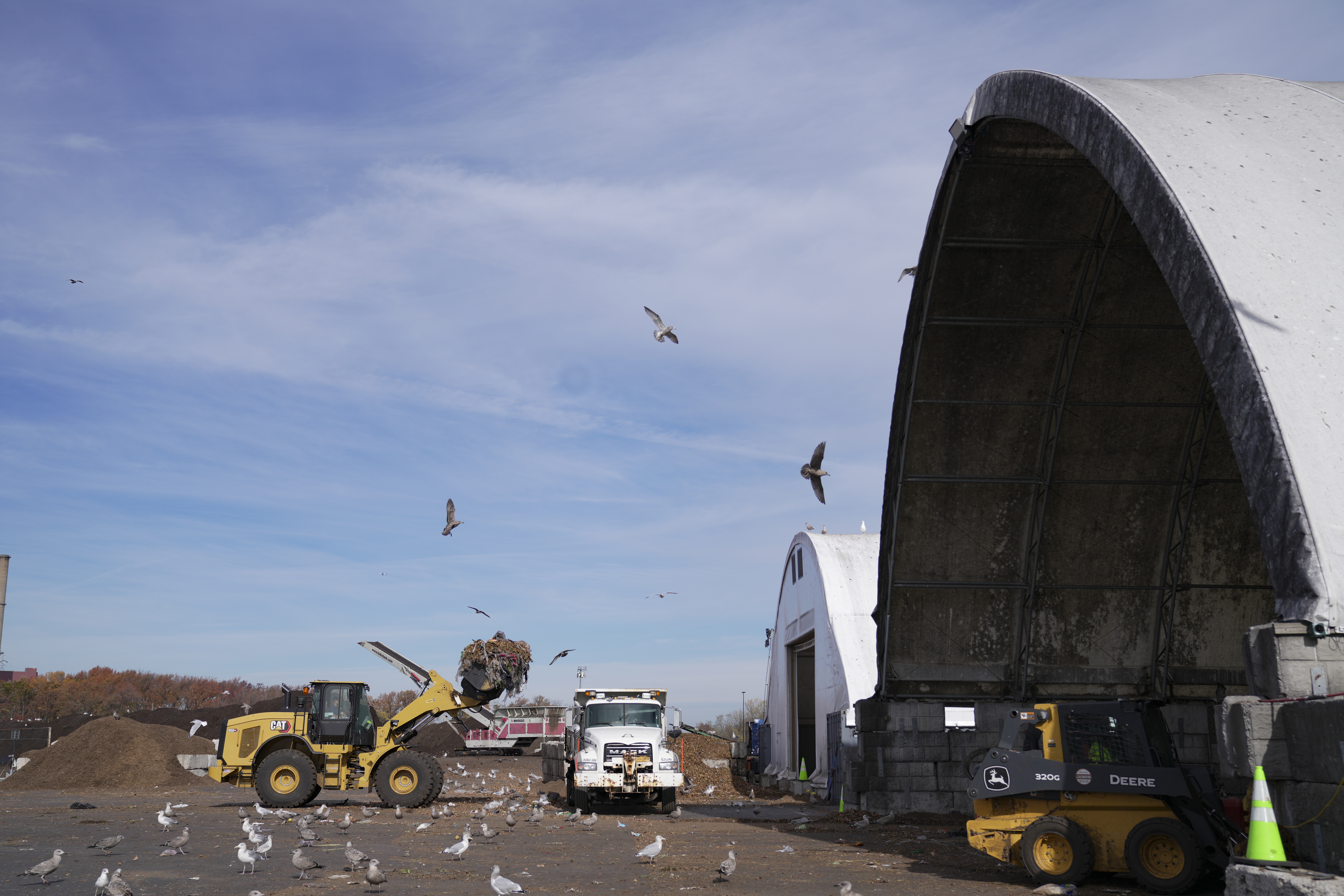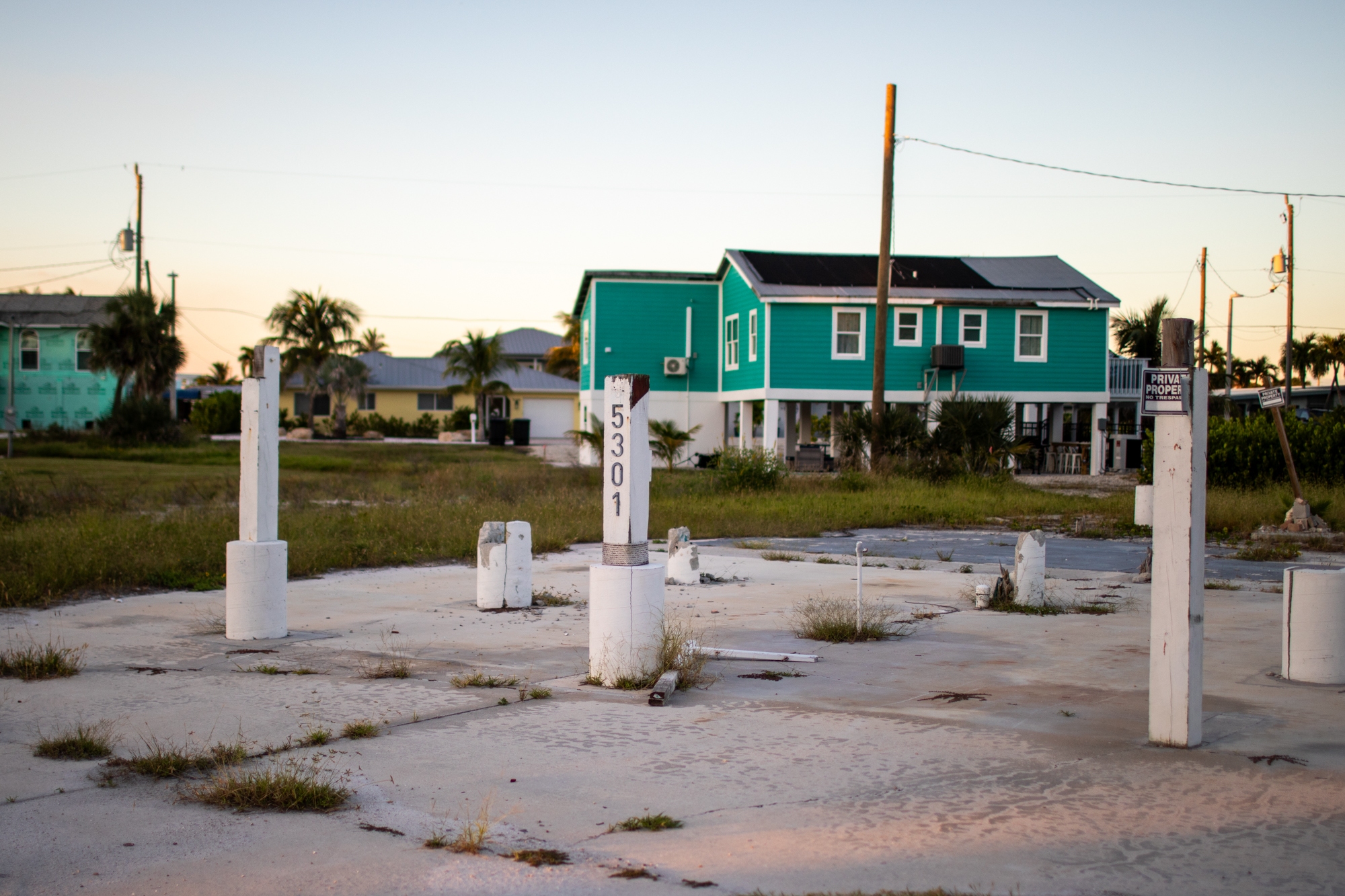A very cute native critter — the fisher — has been officially spotted in Ohio for the first time in over a century
An animal not seen in Ohio in over a century, the fisher, has been spotted on a local wildlife camera. The sighting has raised hopes that the native mammal is naturally returning to the state.











